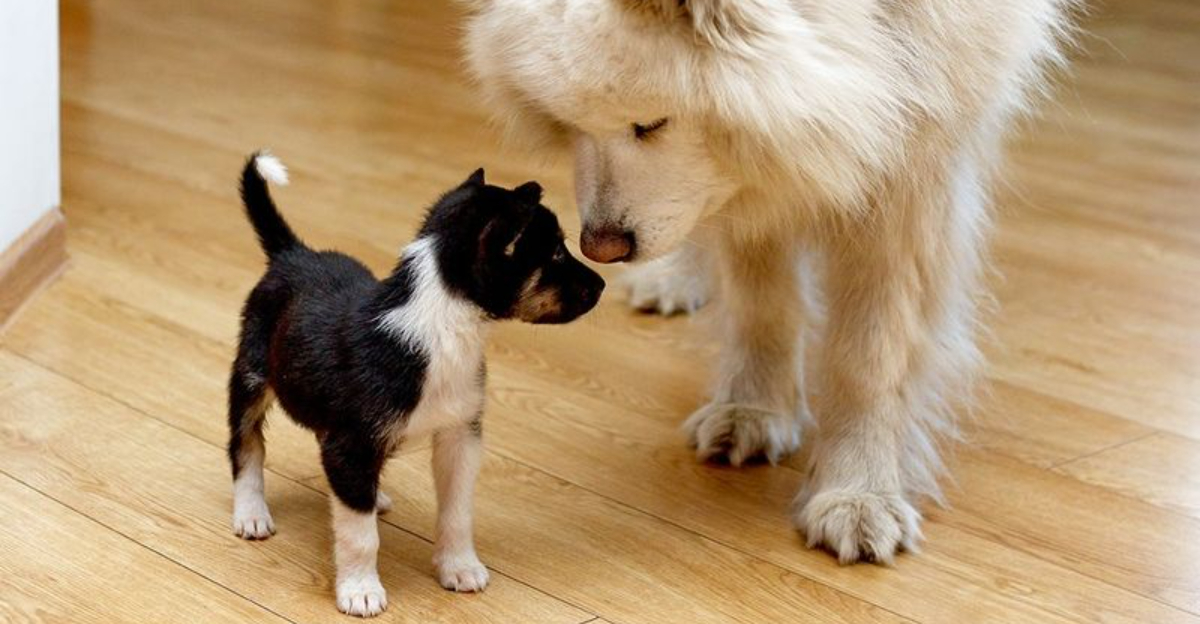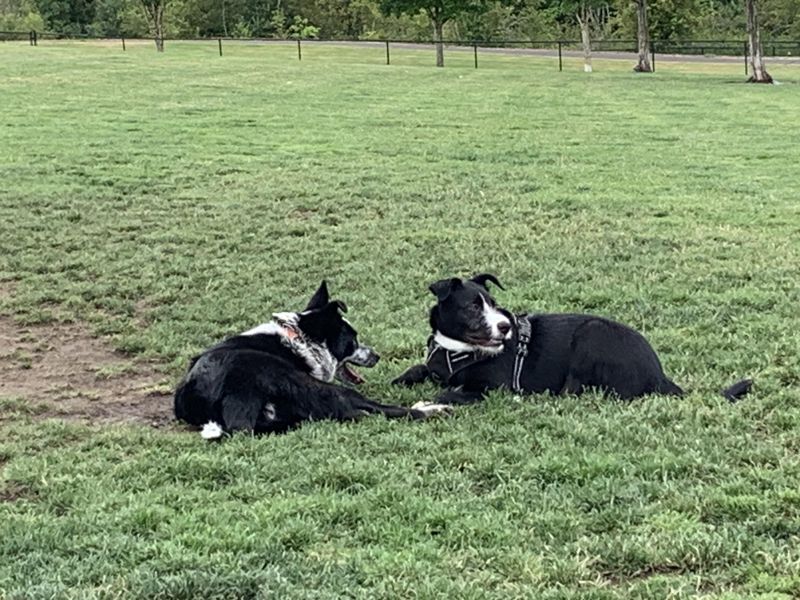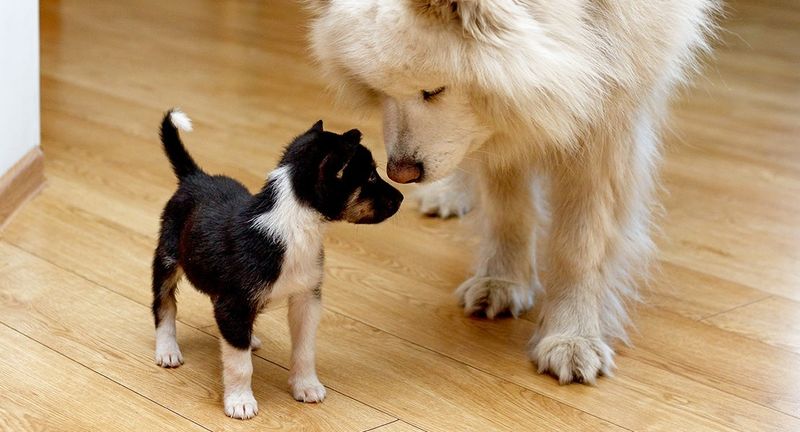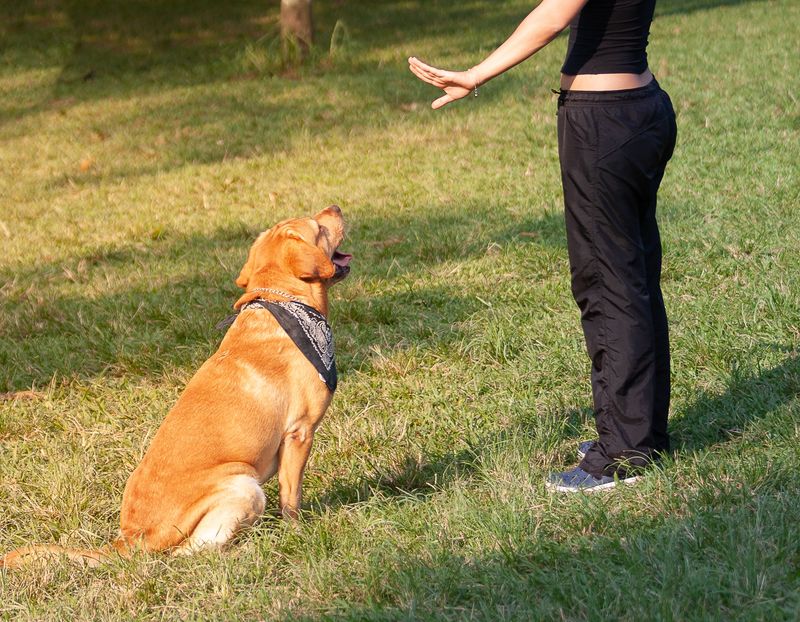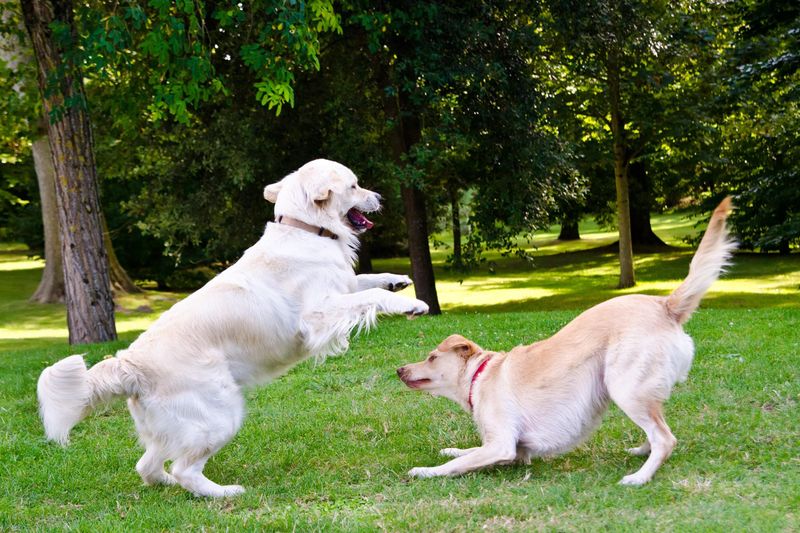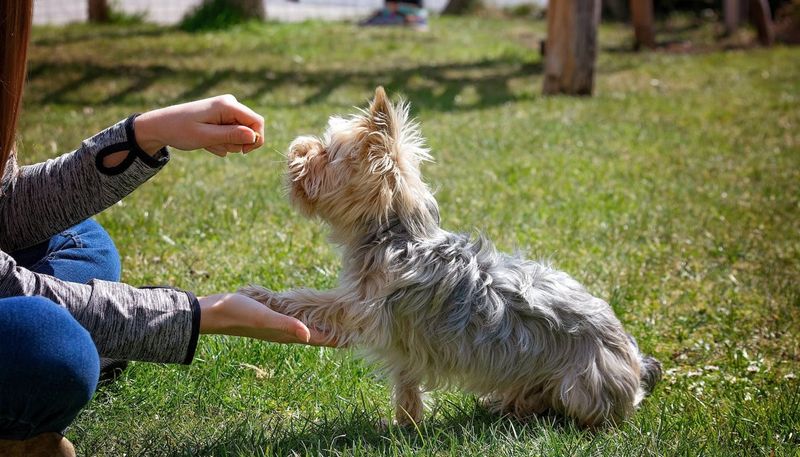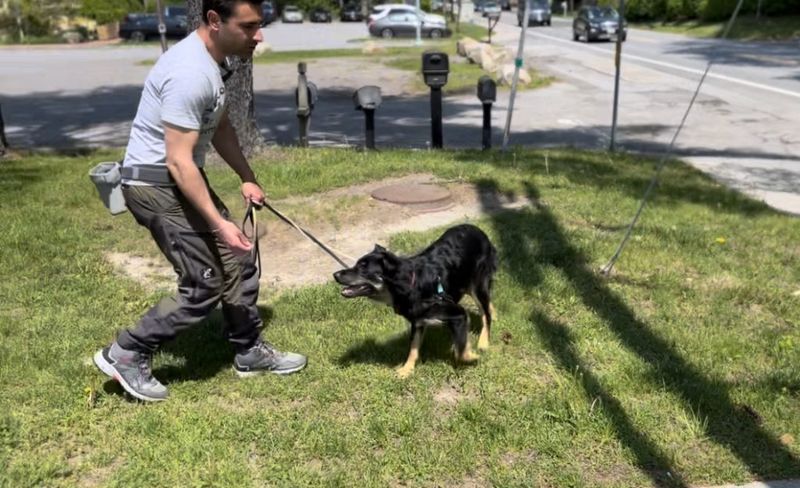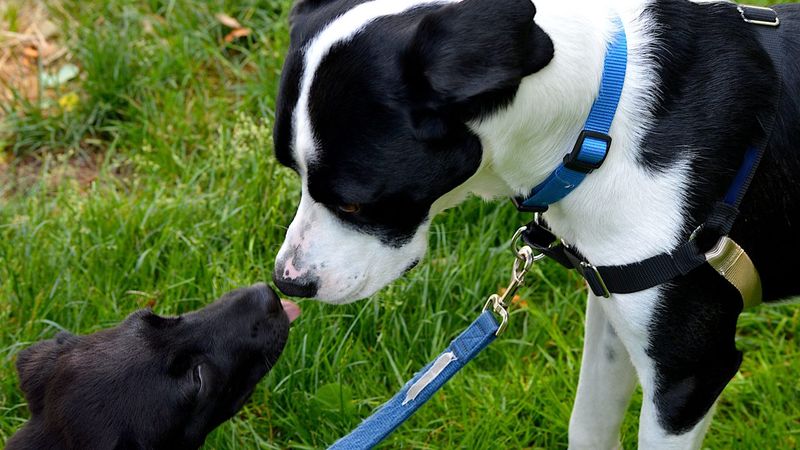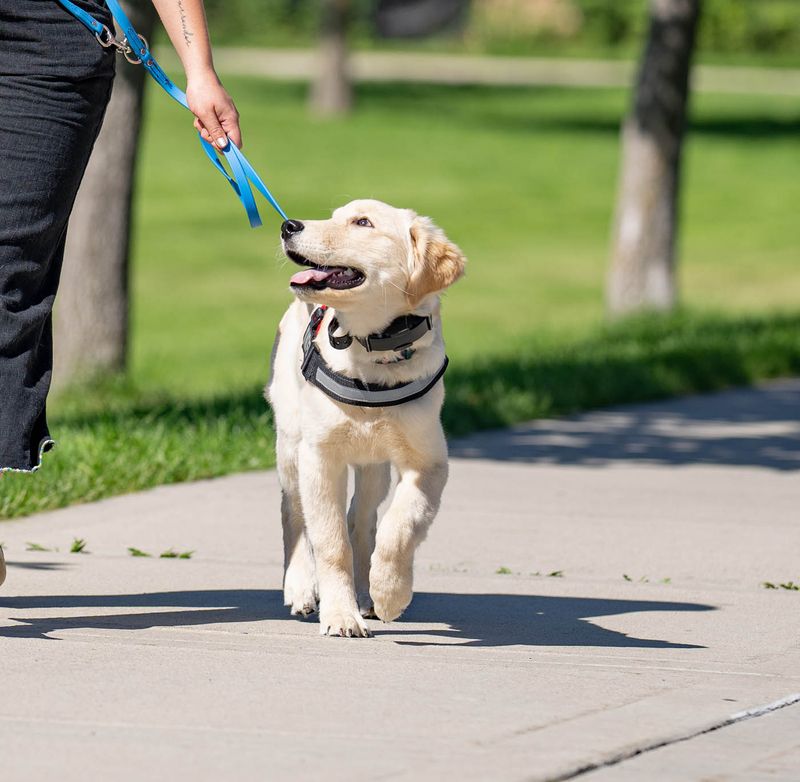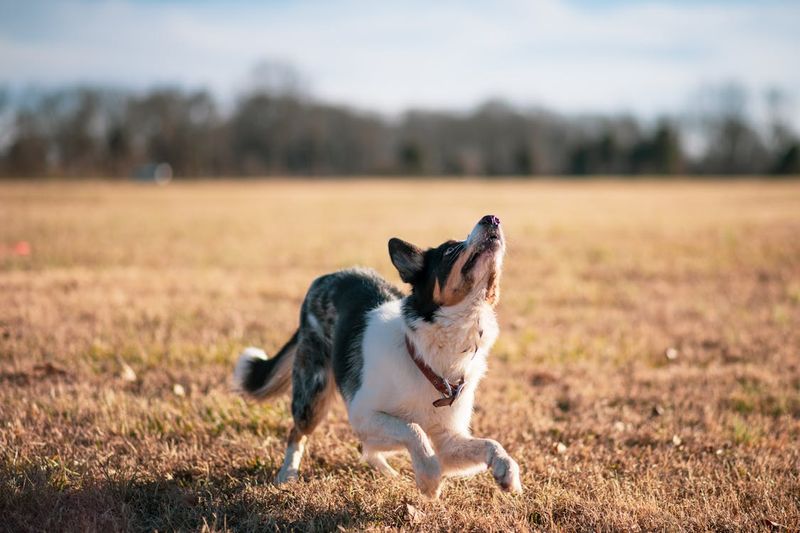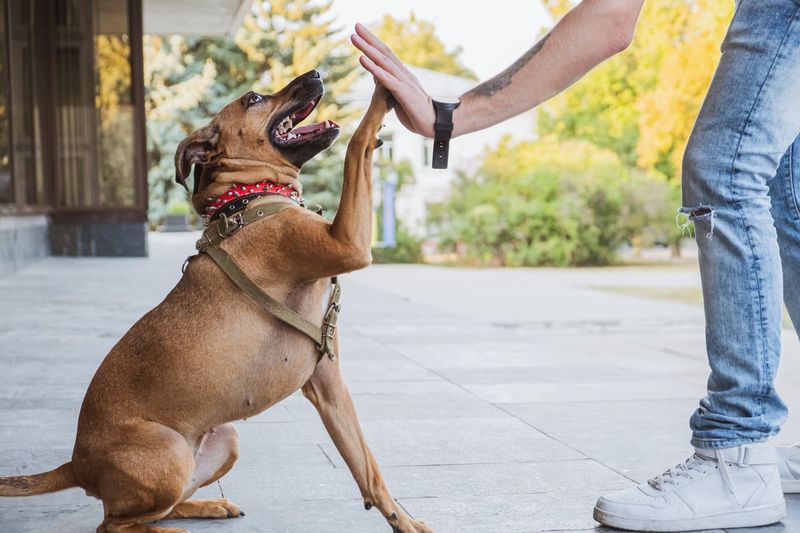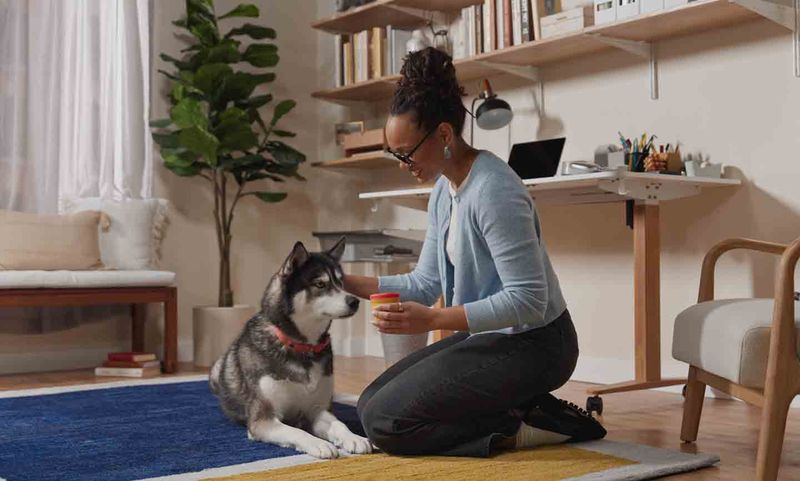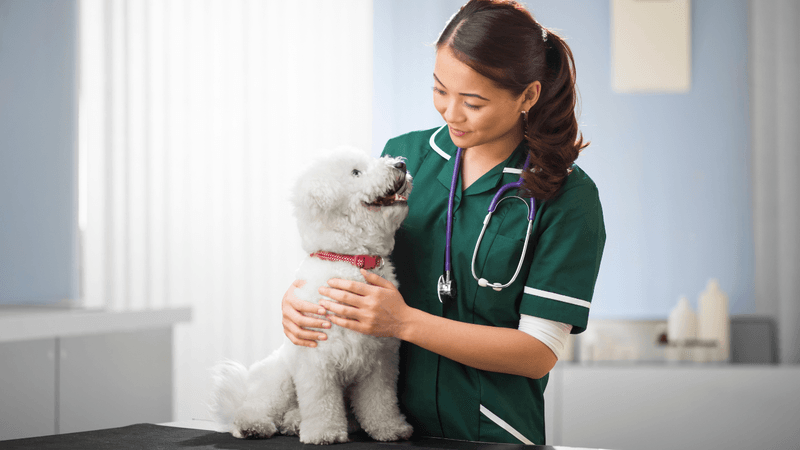Managing dog behavior can be challenging, especially when it comes to stopping fights. This guide provides 13 effective strategies to prevent and manage dog fighting, ensuring a harmonious environment for your furry friend.
Understand Their Triggers
Understanding your dog’s triggers is crucial in preventing fights. Dogs often react aggressively due to fear, territory, or protective instincts. By observing and identifying what sets your dog off, you can take steps to avoid these situations. For instance, if your dog becomes agitated around other pets during walks, consider changing your walking route or time. Sometimes, a simple change in environment can make a significant difference. Remember, awareness is the first step towards effective intervention. Knowing your dog’s fears and anxieties helps in creating a peaceful environment, fostering better behavior over time.
Early Socialization
Early socialization can be the key to a well-behaved dog. By introducing your puppy to various dogs, people, and environments, you build their confidence and reduce anxiety. Puppies exposed to different situations tend to be less aggressive as adults. This practice also helps them learn doggy etiquette, understanding when their behavior is inappropriate. The more varied experiences a puppy has, the more adaptable they become. This adaptability leads to calmer reactions in new or challenging situations, reducing the likelihood of fights. Start early to instill positive habits that last a lifetime.
Consistent Training
Consistency is key when it comes to training. Regular sessions help cement good behavior and allow your dog to understand what is expected of them. Commands like “sit,” “stay,” and “leave it” can be lifesavers in tense situations. Training also strengthens the bond between you and your dog, fostering trust and respect. Through patience and repetition, even the most stubborn dogs can learn to behave calmly around others. Remember, a well-trained dog is less likely to engage in fights. Invest time regularly to reinforce these critical skills.
Monitor Playtime
Monitoring playtime helps prevent escalations into fights. Dogs can sometimes get carried away, turning playful energy into aggression. By supervising their interactions, you can step in before things get out of hand. It’s important to recognize the difference between rough play and potential aggression. If you notice raised hackles, prolonged staring, or growling, it might be time to separate them. Encouraging breaks during play can also help keep things friendly. Remember, supervised play reduces the risk of injuries and fosters a positive relationship between dogs.
Use of Distractions
Distractions can be an effective tool in preventing fights. A favorite toy or treat can shift your dog’s focus away from potential conflict. This technique works best when you notice early signs of aggression. By redirecting their attention, you can often prevent a fight before it starts. Carry small toys or treats during walks to be prepared for unexpected interactions. Over time, your dog may learn to expect rewards for maintaining calm behavior, reinforcing positive responses. Distractions serve as a temporary solution but can be highly effective in tense situations.
Seek Professional Help
Sometimes, professional intervention is necessary to curb aggressive behavior. Dog behaviorists are skilled in identifying underlying issues that may not be apparent to owners. They can offer tailored strategies and training techniques to manage or eliminate aggression. Professional guidance is especially beneficial for dogs with a history of severe fights or trauma. Investing in expert advice not only helps your dog but also provides you with peace of mind. Remember, seeking help shows your commitment to your pet’s well-being and safety for others.
Gentle Leash Walking
Mastering gentle leash walking can prevent many confrontations. Dogs that pull or lunge are more likely to encounter trouble. By teaching your dog to walk calmly on a leash, you reduce the chances of aggressive encounters. Use a harness to minimize discomfort and encourage smooth walking. Regular practice builds confidence and allows your dog to enjoy their surroundings without stress. Gentle leash walking is not just about preventing fights; it enhances your dog’s overall walking experience, making outings enjoyable and safe.
Controlled Introductions
Controlled introductions can avert potential conflicts between dogs. Meeting in a neutral space under supervision reduces territorial instincts. Begin with leashed introductions, allowing the dogs to observe each other from a distance. Gradually decrease the distance while monitoring their body language. Positive reinforcement for calm behavior can help foster friendship. If tension arises, calmly separate them and try again later. Patience during introductions is crucial for building positive relationships among dogs, making future interactions smoother and more pleasant.
Calm Assertive Energy
Dogs respond significantly to their owner’s energy. By maintaining calm assertiveness, you influence your dog’s behavior positively. Projecting confidence can reassure an anxious or aggressive dog, helping them relax. Practice calmness, especially in potentially tense situations, to set the tone for your dog’s response. If you remain composed, your dog is likely to mirror this demeanor. This method requires patience and consistency but can dramatically impact your dog’s interactions with others. Remember, your energy sets the example for your dog to follow.
Provide Adequate Exercise
Adequate exercise is essential for a well-behaved dog. Regular physical activity reduces pent-up energy that can lead to aggression. Engage your dog in activities like running, fetching, or swimming. A tired dog is generally more relaxed and less likely to start a fight. Exercise also provides mental stimulation, keeping your dog engaged and satisfied. Explore different activities to find what your dog enjoys most. Ensuring they receive enough exercise fosters a calmer demeanor, minimizing the chances of aggressive behavior.
Avoid Negative Reinforcement
Negative reinforcement can exacerbate aggressive behavior in dogs. Instead, focus on positive reinforcement to encourage good conduct. Rewards like treats, praise, or toys can effectively motivate your dog to behave well. Avoid harsh methods, as they often lead to fear or anxiety, increasing aggression. Positive reinforcement fosters a trusting relationship between you and your dog. Over time, as your dog associates good behavior with rewards, you’ll notice a significant improvement in their demeanor. This approach builds a foundation of mutual respect and understanding.
Keep Calm Environments
Creating a calm environment at home can significantly reduce aggression. Loud noises, chaotic surroundings, or constant disturbances can agitate your dog. Designate a peaceful spot for your dog to retreat when they feel stressed. Incorporate calming elements like soft music or aromatherapy to soothe them. A serene environment fosters relaxation and decreases the likelihood of reactive behavior. By ensuring your dog has a safe, calm space, you contribute to their overall well-being, promoting better behavior both at home and in public.
Monitor Health and Diet
Health and diet can greatly influence a dog’s behavior. Regular veterinary check-ups ensure your dog is healthy, as illness can lead to irritability or aggression. A balanced diet provides the nutrients necessary for optimal brain function and mood stability. Consult with your vet to create a diet plan that suits your dog’s needs. Sometimes, behavioral issues stem from health problems or dietary deficiencies. By addressing these underlying factors, you can improve your dog’s behavior significantly. Ensuring they are healthy and well-nourished is essential for preventing fights.
